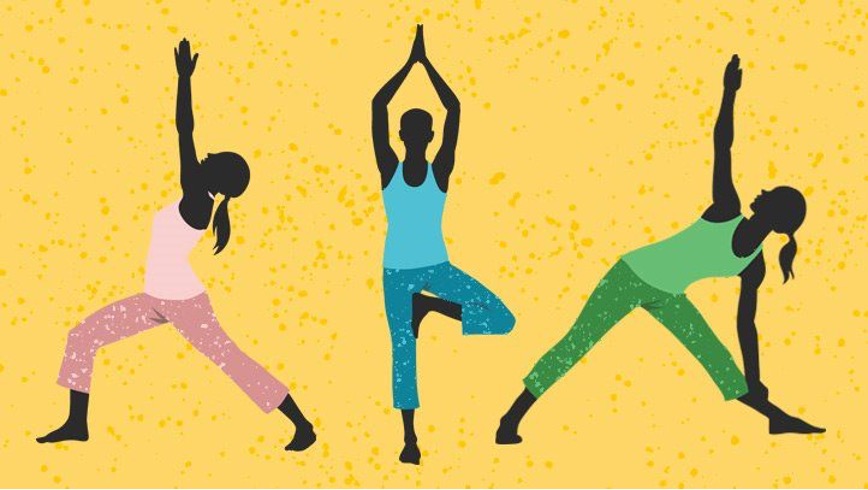On June 21, 2023, the entire world will observe International Yoga Day. India’s modern soft power is discussed on World Yoga Day in addition to lectures praising the country’s historic traditions.
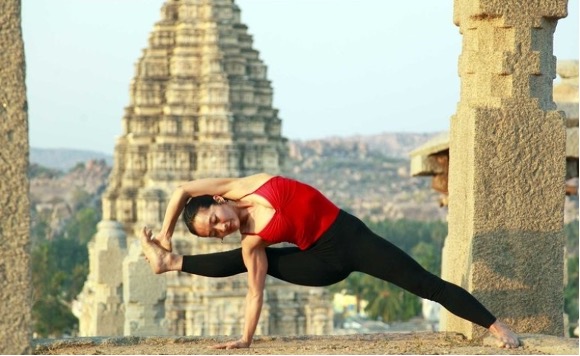
“India is the cradle of the human race, the birthplace of human speech, the mother of history, the grandmother of legend and the great-grandmother of tradition”
According to its etymology, the word “yoga” is derived from the Sanskrit word yuj which means “union.” It refers to the connection of the soul and the awareness of the body. Yoga can be interpreted in many different ways. For some, it is a means of maintaining physical health and fitness; for others, it is a therapy or sickness cure; for still others, it is a way of achieving spiritual awakening and higher consciousness. All of these beliefs are ultimately focused on achieving tranquillity.
Yoga is the collective name for a number of connected, age-old Hindu spiritual practises that have their roots in India and are still actively practised there today. One of the six orthodox schools of Indian philosophy is yoga (darshan). It has had a significant impact on numerous different schools of Indian thinking.
Not For You But For All
Yoga has gained popularity and grabbed the attention of people all over the world, making it a source of India’s soft power. Several individuals, including Paramhansa Yogananda, B. K. S. Iyengar, K. Pattabhi, and T. K. V. Desikachar, are credited with popularising yoga in Europe and America. The enormous number of yoga studios in Asia, Europe, and North America is evidence of how widely practised India’s rich cultural traditions are. Some educational institutes in Europe and America also include yoga in their curricula.
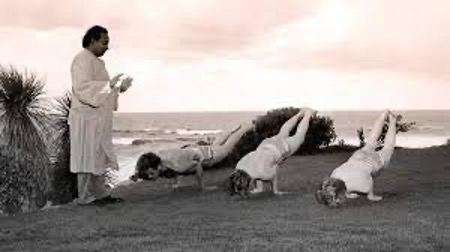
Travellers to India might find yoga to be a major draw. The “yoga/spiritual circuits” of India should be included in their list of “tourist circuits.” In addition to bringing in money, boosting the value of the rupee, and giving locals jobs, this will further strengthen India’s reputation as a peaceful nation.
Celebrities have traditionally been big fans of yoga. The Beatles travelled to Rishikesh, India in 1968 to study with Maharishi Mahesh Yogi about transcendental meditation (a type of yoga), which helped to popularise notions about Indian spirituality. President Barack Obama praised Indian Prime Minister Narendra Modi for his “energy and vigour” despite the fact that he was fasting while in the country. Yoga thus gains the power of attraction and becomes a key cultural export from India.
Many travellers from around the world attend the annual International Yoga Festival celebration at the Parmarth Niketan in Rishikesh, India, eager to study the ancient art of yoga on the banks of the revered River Ganges. Rishikesh is like a yoga paradise for many. From Palermo, Italy, Monica Monatanaro remarks, “I simply appreciate the building, the environment, and the spirit. I’m at ease and feel secure. It is all I could have wished for on my first solo vacation to India.” Such tales abound, attesting to the inspiration and motivation festivalgoers discovered.
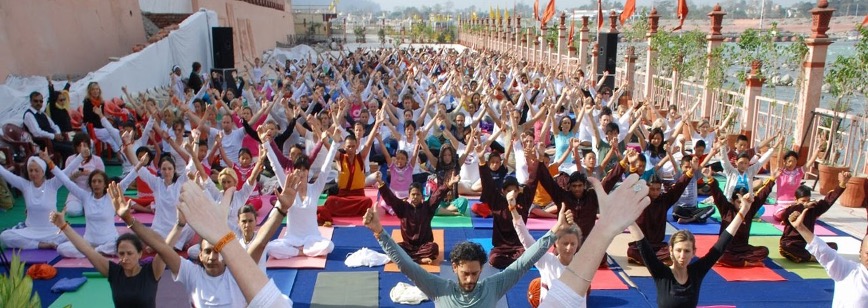
However, there is one negative side to yoga’s rise in popularity. The appeal and efficacy of yoga have been somewhat jeopardised by the monetization of yoga and yogic therapies, as well as erroneous instruction by instructors who lack the required training.
There have been attempts to patent certain yogic postures; for instance, the Indian-American yoga master Bikram Choudhary sought to get copyrights on his series of 26 positions, however it is important to investigate the legitimacy of such claims about intellectual property rights. Is it fair to copyright specific yoga names given that the practise is intended to enhance health and has its roots in traditional Indian knowledge?
To stop foreign claimants from patenting traditional Indian knowledge in this manner, the Indian government established the “Traditional Knowledge Digital Library” in 2001.
Global Impact of Yoga
Yoga’s emphasis on physical postures (asanas), breathing techniques (pranayama), and meditation has led to its widespread adoption as a holistic approach to health and well-being. Practising yoga regularly has been shown to improve flexibility, strength, balance, and overall physical fitness. It also helps reduce stress, anxiety, and depression, promoting mental and emotional well-being.
The popularity of yoga has promoted intercultural communication and integration. Yoga has been adopted by people from many origins and cultures as a practice that unites people and transcends differences. Yoga retreats, workshops, and festivals bring people from various nations together, fostering cross-cultural understanding and respect.
Yoga has been employed as a technique for empowerment and social influence. Yoga has been used by non-profit organisations and efforts to empower disadvantaged children, trauma survivors, incarcerated people, and other marginalised groups. These populations can develop their resilience, self-care, and personal growth through yoga programmes, which promote empowerment and well-being.
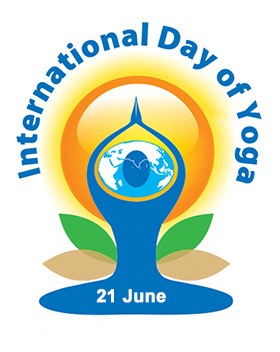
The logo of Yoga Day shows harmony and peace for Humanity which shows the nature of Yoga.
Written by – Neha Gandhi
Edited by – Shamonnita Banerjee

